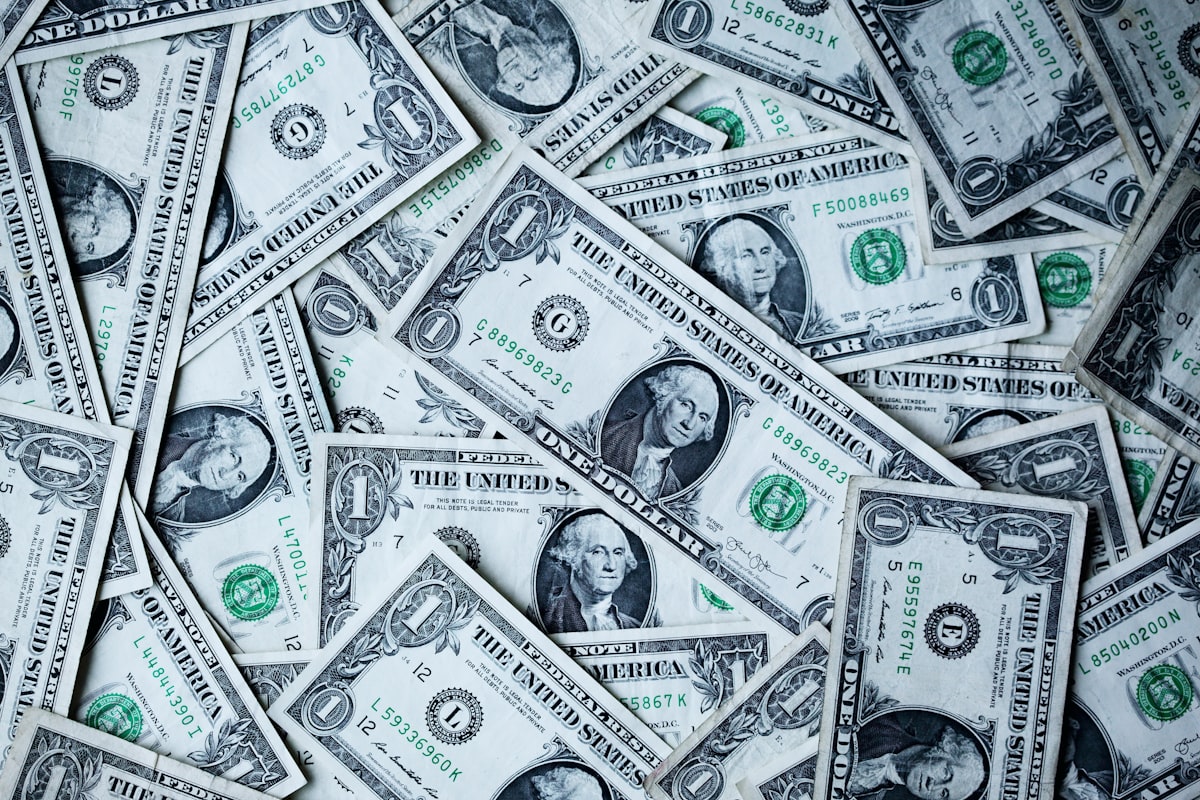Understanding the 1920 Wheat Penny Value
The 1920 wheat penny is a fascinating piece for coin collectors and historians alike. It offers insight into the early 20th-century American economy and the art of minting. This penny, also known as the Lincoln cent, features the famous bust of President Abraham Lincoln on the obverse and two wheat ears on the reverse. This design lasted from 1909 to 1958. Today, many people are curious about its worth and significance. Several factors influence the value of a 1920 wheat penny, including its condition, rarity, and demand among collectors.
Historical Context of the 1920 Wheat Penny

The 1920 wheat penny emerged in the wake of World War I as part of the broader Lincoln cent series. Victor David Brenner designed the original coin, first produced in 1909 to honor the centennial of Lincoln’s birth. The wheat ears on the reverse symbolize American agriculture, a crucial part of the economy during Lincoln’s time. In 1920, the United States was undergoing significant social and economic changes. The Post-World War I era saw technological advances, boom years, and an early glimpse of the upcoming Great Depression. During this time, the wheat penny was a staple in daily transactions.
Factors Affecting the Value of a 1920 Wheat Penny
Condition and Grading: The condition of a coin is paramount. Grading systems, such as those by the Numismatic Guaranty Corporation (NGC) and the Professional Coin Grading Service (PCGS), help assess a coin’s condition using grades like Good (G), Fine (F), Very Fine (VF), Extra Fine (XF), and Mint State (MS). A 1920 wheat penny in Mint State holds significantly more value than one in Good condition.
Mint Marks: Wheat pennies were minted in Philadelphia (no mint mark), Denver (D), and San Francisco (S). Mint marks can greatly impact the coin’s value. Generally, pennies from San Francisco are rarer than those from Philadelphia, making them more valuable to collectors.
Grading the 1920 Wheat Penny
Understanding the grading system can help estimate a coin’s market value. Here’s a quick breakdown:
- Good (G-4): Heavy wear, with entire design visible but lacking detail.
- Fine (F-12): Moderate to heavy wear, but design is clear and bold, with complete rims.
- Very Fine (VF-20): Slightly worn, with most details visible.
- Extra Fine (XF-40): Light wear visible on high points; all details are sharp.
- Mint State (MS-60 and above): No wear, only slight imperfections from the minting process.
Where to Sell or Buy a 1920 Wheat Penny
Several avenues exist for trading wheat pennies. Local coin shops can provide instant appraisals and purchase coins. Online platforms like eBay, Etsy, and specialized coin collecting websites offer broader audiences and price comparisons. Auction houses also provide opportunities for rare and high-grade coins. Always consider consulting with a reputable numismatist before buying or selling.
The Collector’s Appeal
Collectors value wheat pennies not just for their monetary worth but for their historical context. The 1920 wheat penny represents an era when coins were an everyday part of commerce. The simple but elegant design attracts both novice and seasoned collectors. Many people start collecting wheat pennies due to their accessibility and low entry cost compared to other numismatics.
Research and Authentication
Authenticity is crucial. Forged coins and errors can sometimes circulate in the market. Research is fundamental before making any transaction. Key resources include coin publications, online forums, and numismatic associations. Engaging with a community of collectors can provide valuable insights and avoid potential pitfalls.
Market Trends
Coin values can fluctuate based on economic conditions, collector demand, and available supply. The market for wheat pennies remains robust due to a steady interest. Keeping an eye on market trends helps in making informed purchase or sale decisions. Attending coin shows and reading numismatic publications can provide valuable insights into current market conditions.
Assessing Your Collection
If you have a collection of wheat pennies, it might be time to assess their value. Start by organizing and cataloging your collection. Notate mint marks, years, and conditions. Use a magnifying glass to inspect coins for small details that could impact grading. Cataloging tools and software can assist in maintaining organized records.
Conclusion
No conclusion necessary; the journey doesn’t end with understanding. The world of coin collecting is vast and full of potential. The 1920 wheat penny is a small but significant piece of history worth exploring further.
Recommended Collecting Supplies
Coin Collection Book Holder Album – $9.99
312 pockets for coins of all sizes.
20x Magnifier Jewelry Loupe – $13.99
Essential tool for examining coins and stamps.
As an Amazon Associate, we earn from qualifying purchases.




Subscribe for Updates
Get the latest articles delivered to your inbox.
We respect your privacy. Unsubscribe anytime.